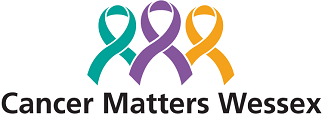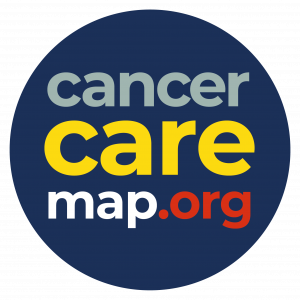Skin Cancer
May is Skin Cancer Awareness month and there is a growing concern over the high levels of skin cancer we are now seeing in the UK.
We are helping to raise awareness and encourage people to know the signs of skin cancer. We want more people to be diagnosed at an earlier stage. Regularly checking your skin for signs of skin cancer can help lead to an early diagnosis and increase your chance of successful treatment
There are two types of skin cancers:
Non-melanoma refers to skin cancers which develop in the upper layer of your skin (the epidermis). These types of skin cancers don’t spread to other parts of your body. Non-melanoma cancers usually develop in areas which are most exposed to the sun such as your face, ears, hands, shoulders, upper chest and back.
Melanoma can spread to other parts of your body which is why it’s the more serious type of skin cancer.
Macmillan Cancer Support have produced a booklet explaining skin cancer, covering the causes and symptoms, diagnosis, staging and grading, treatments and clinical trials. It also talks about emotional, practical and financial issues.

Facts and Figures
There are now more than 16,000 new cases each year in the UK
1 in 36 men will be diagnosed with skin cancer in their lifetime
1 in 47 women will be diagnosed with skin cancer in their lifetime
86% of melanoma skin cancer cases are preventable
Overexposure to the sun or sunbeds are the main cause of all skin cancers
More than 1 in 4 skin cancer cases are diagnosed in people under 50
(Sources: Cancer Research UK, Melanoma Focus and British Skin Foundation)
Risk factors
Some people are more at risk of developing skin cancer than others. It’s important to know the main risk factors so you can decide which apply to you:
- a previous non-melanoma skin cancer
- a family history of skin cancer
- pale skin that burns easily
- a large number of moles or freckles
- taking medicine that suppresses your immune system
- a co-existing medical condition that suppresses your immune system
Brown or black skin is more susceptible to a type of melanoma that is not associated with sun exposure. This appears on the palms, soles, under the nails and in mucosal membranes such as the mouth. These areas should be regularly checked for people with this skin type.
You can find out more by following the link below.
Reduce your risk
You can minimise your risk of developing skin cancer by practising sun safety:
- use high factor sunscreen
- dress sensibly in the sun
- limit the amount of time you spend in the sun during the hottest part of the day (11am-3pm)
- avoid sunbeds and sunlamps
Melanoma is the 5th most common form of cancer in the UK, according to Melanoma Focus
They have produced this helpful leaflet giving you the signs to look out for, with advice about how to check and record your moles and spots.
Useful Links
There are a number of cancer charities, some specifically for skin cancer, that can provide support and advice if you have been diagnosed with skin cancer. You can find plenty more information on the following (external) websites:
Cancer Care Map
Support can be a lifeline for people affected by cancer. There is a wide range of services available in the Wessex area and further afield.
Cancer Care Map is a simple, free, online resource to help you find cancer support services near you.
Click on the Cancer Care Map logo and enter your postcode in the search box. You can enter key words to search for more specific services.
If you have any questions about the information on this page please Contact Us

